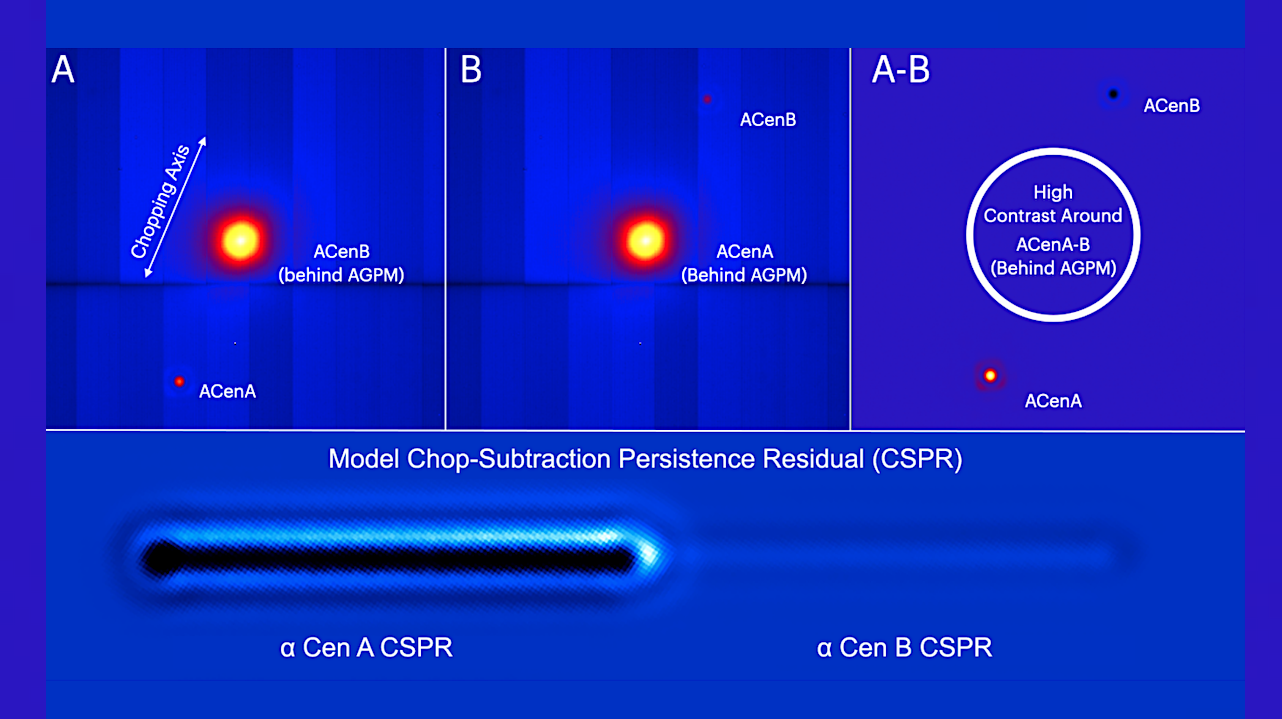Scientists have made significant strides in imaging low-mass planets located within the habitable zones of nearby stars. Using advanced ground-based mid-infrared imaging techniques, researchers can now capture stunning images of these distant worlds. This breakthrough opens new avenues for understanding planetary formation and the potential for life beyond Earth.

Previously, astronomers successfully imaged giant exoplanets that orbit at distances of 10-100 astronomical units around young stars. These new imaging methods enhance our ability to detect smaller, potentially habitable planets. As technology progresses, researchers hope to uncover more about the atmospheres and compositions of these celestial bodies. This knowledge is crucial for assessing their habitability and the possibility of finding extraterrestrial life.